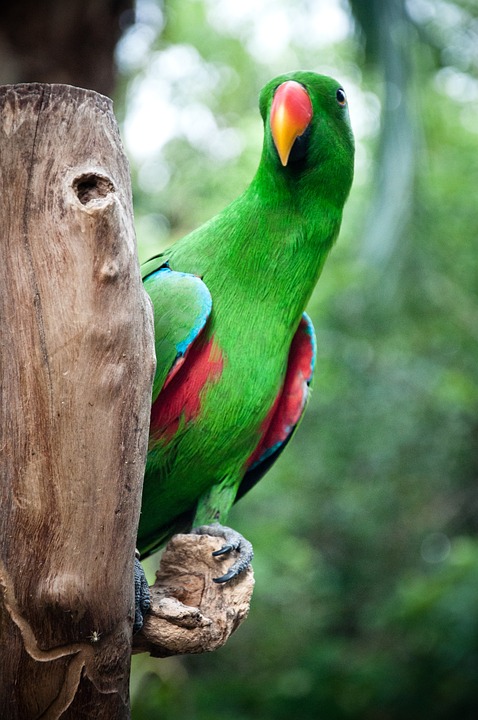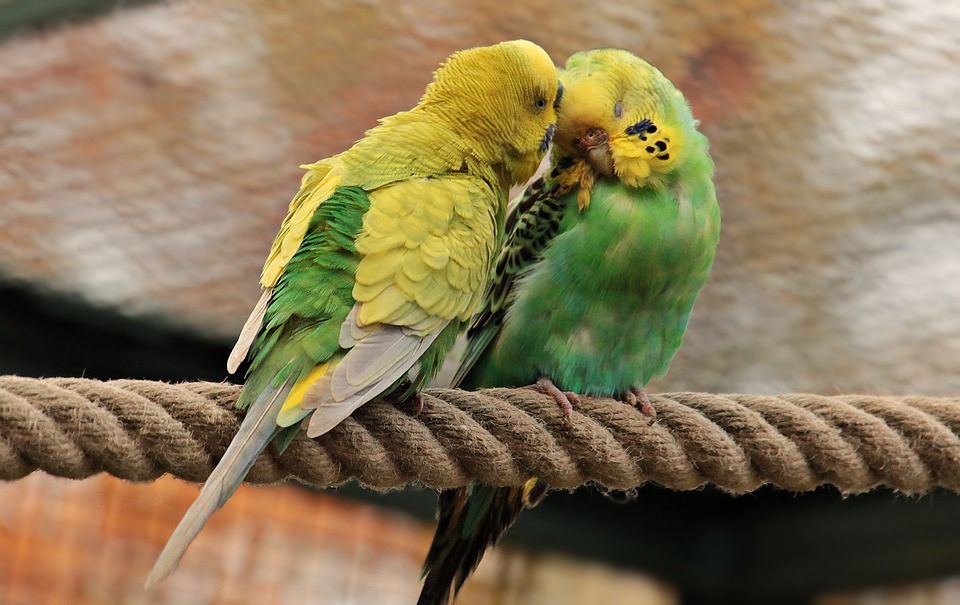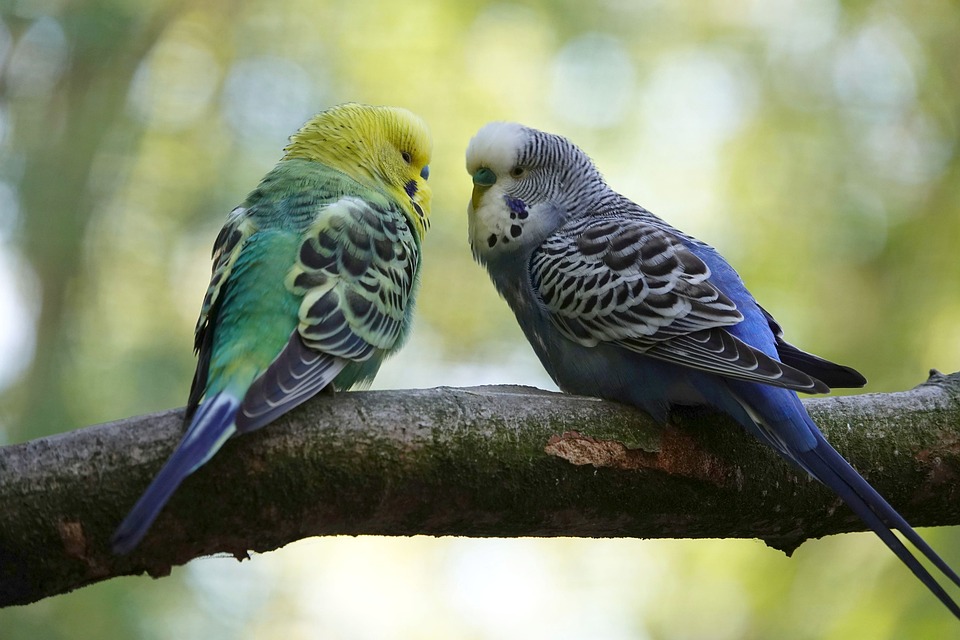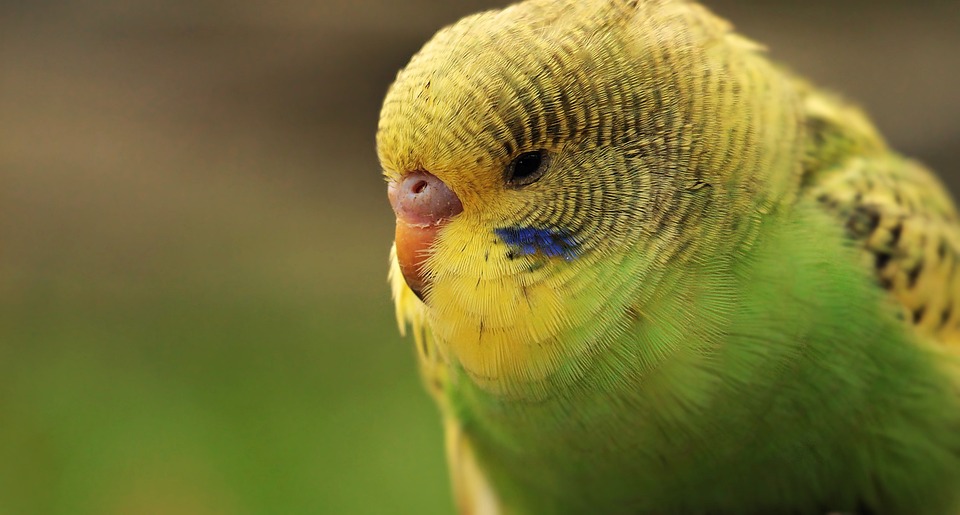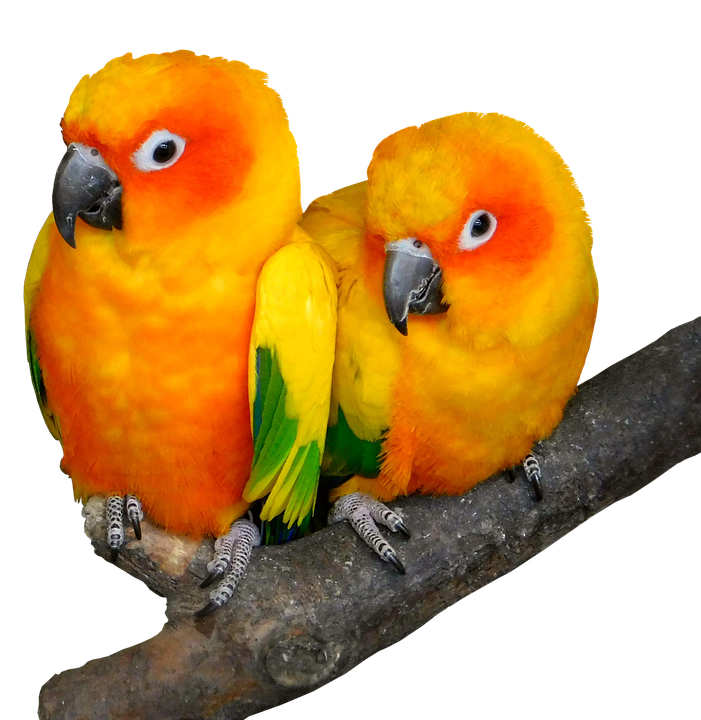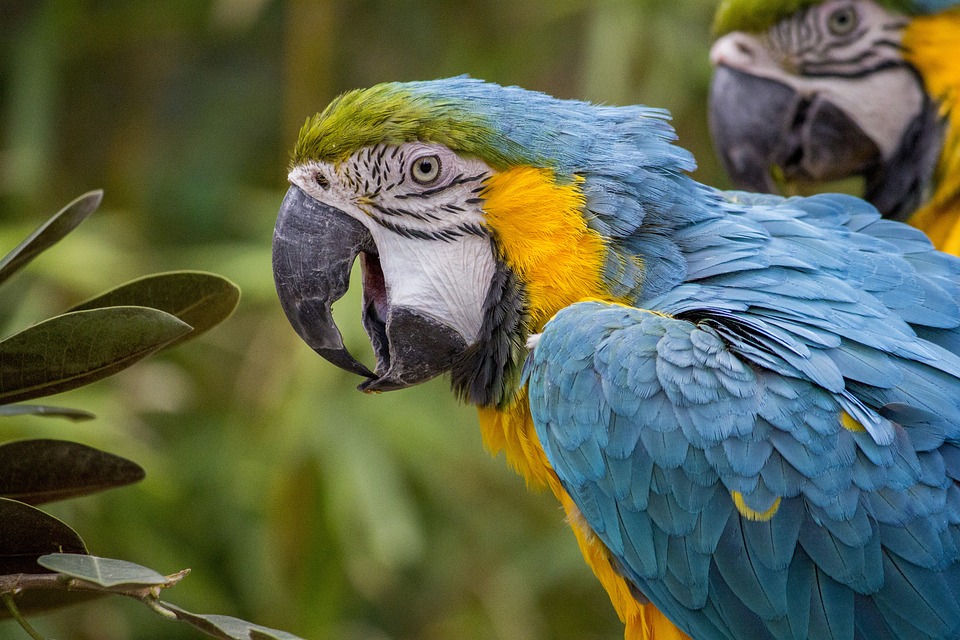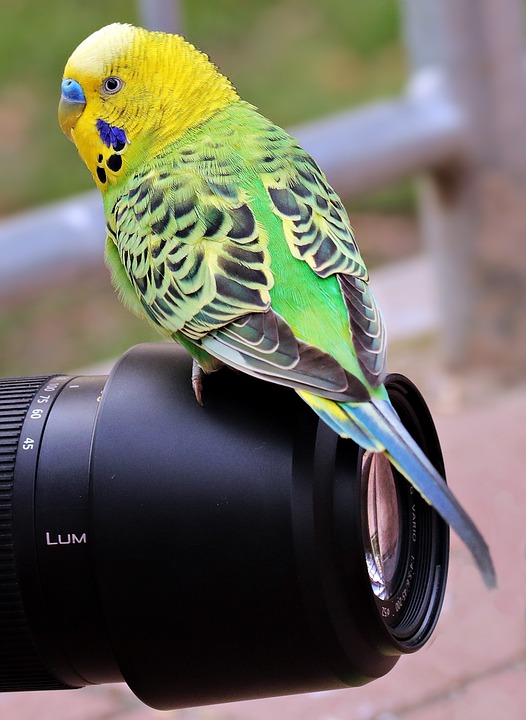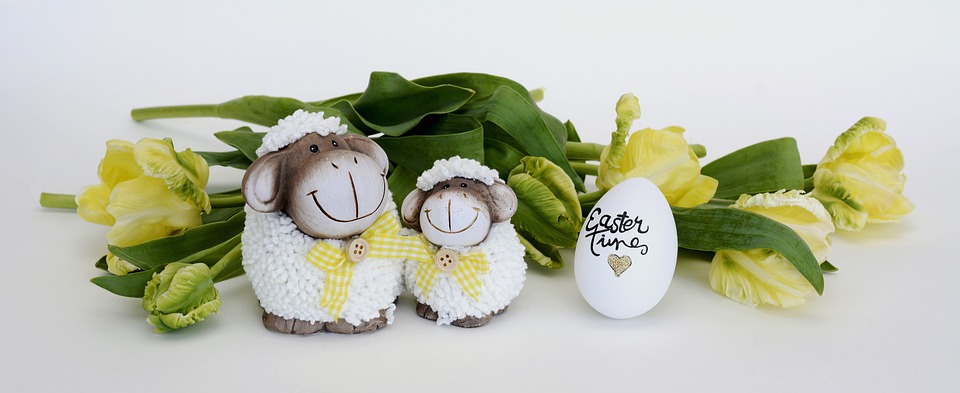Parrots are highly social creatures that thrive on companionship and establish strong bonds with their fellow flock members. Understanding the signs of bonding and companionship can help parrot owners create a nurturing environment for their feathered friends. In this article, we will explore the various behaviors and cues that indicate a parrot’s bond with other parrots and offer insights into fostering healthy relationships among these intelligent birds.
One of the key indicators of bonding among parrots is their vocalizations and communication. Parrots use contact calls to locate and communicate with their flock members. These calls are unique to each individual and serve as a form of identification and reassurance. Additionally, parrots engage in mutual chatter when they are comfortable and content in each other’s presence. This exchange of soft, gentle sounds signifies a harmonious bond. Some parrot species, such as lovebirds, engage in duetting, where they take turns vocalizing specific sounds or phrases. This behavior is a strong sign of pair bonding.
Observing a parrot’s body language and how it interacts physically with other parrots can provide valuable insights into their bonding and companionship. Parrots engage in allopreening, also known as mutual preening, to strengthen their social bonds. This behavior involves one parrot grooming another, often in hard-to-reach areas like the head or neck. Parrots may also bob their heads or nuzzle against each other as a sign of affection and bonding. This behavior is often accompanied by mutual vocalizations and can be observed during play or rest. Wing spreading is another behavior that indicates a sense of comfort and trust. When parrots spread their wings in the presence of other parrots, it signifies a bond being established.
Play is an essential aspect of parrot bonding and companionship. Parrots that willingly share toys and engage in interactive play with each other demonstrate a strong bond. They take turns playing with the same toy or engage in parallel play, mirroring each other’s movements. Parrots may also engage in gentle chasing or wrestling as a form of play, which is a positive sign of bonding and shows that they feel safe and comfortable in each other’s company. Additionally, when parrots work together to solve food puzzles or engage in cooperative foraging activities, it signifies a cohesive bond. They share resources and collaborate to achieve a common goal.
In terms of frequently asked questions, it is important to note that parrots can form strong bonds with humans and other pets, including dogs and cats. However, each parrot is unique, and the bonding process may vary. If a parrot is not bonding with other parrots, it is important to provide a gradual and controlled introduction when introducing them to each other. Consulting an avian behaviorist or an experienced parrot owner can offer insights and guidance. While parrots can thrive with human companionship, having a companion of their own species can greatly enhance their overall well-being. However, it is crucial to ensure compatibility between the parrots and provide adequate space and resources for each bird. Even if a parrot only has humans as companions, they can still form deep bonds. Regular interaction, training, and providing mental stimulation are key to strengthening the bond between a parrot and its human caretaker. The time required for parrots to bond with each other varies depending on the individuals involved. It can take anywhere from a few weeks to several months for parrots to establish a strong bond. Patience, proper introductions, and positive reinforcement play crucial roles in the process.
In conclusion, recognizing signs of bonding and companionship among parrots is essential for their overall well-being. By understanding their vocalizations, body language, and play behaviors, we can create an environment that fosters strong social bonds. Whether it’s with fellow parrots or human companions, these intelligent birds thrive on the connections they form.

